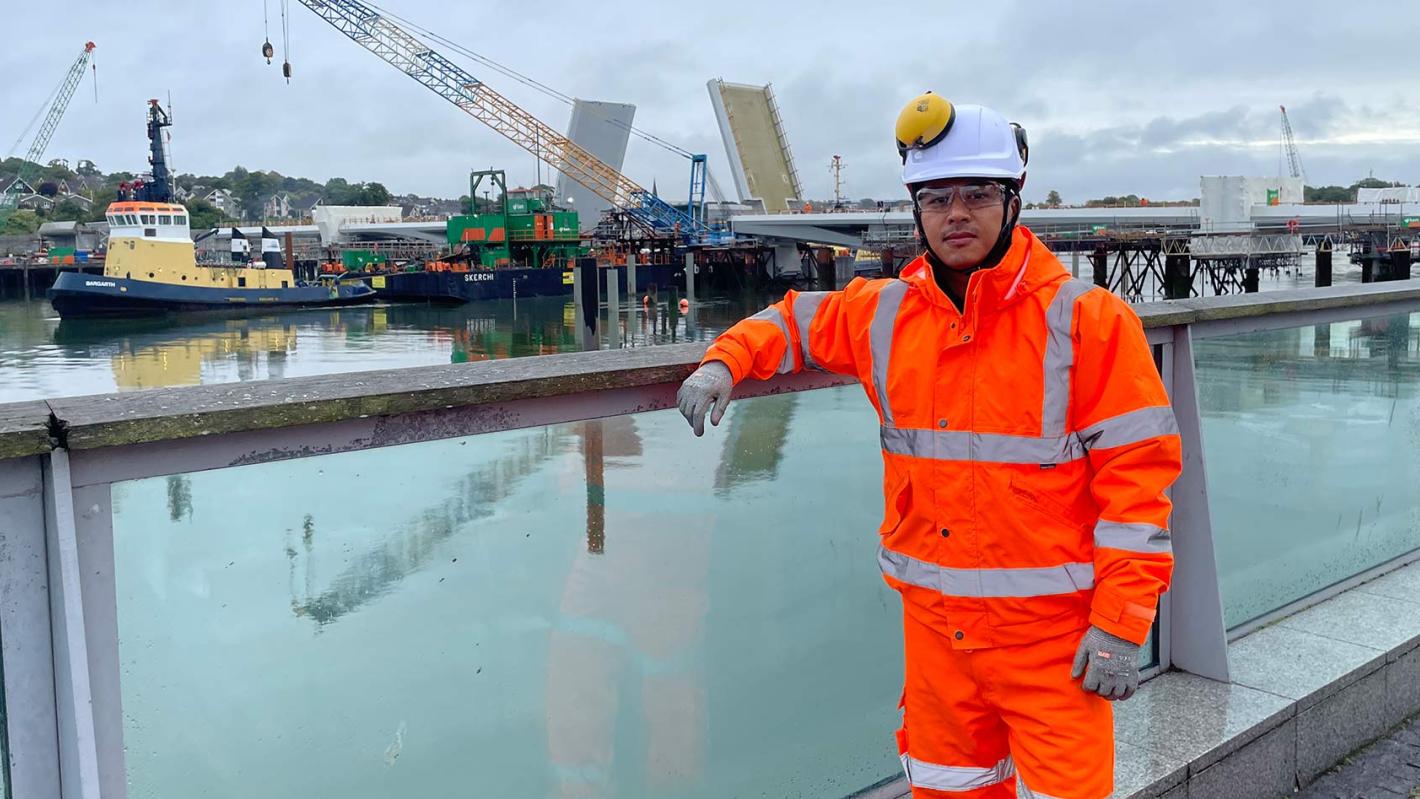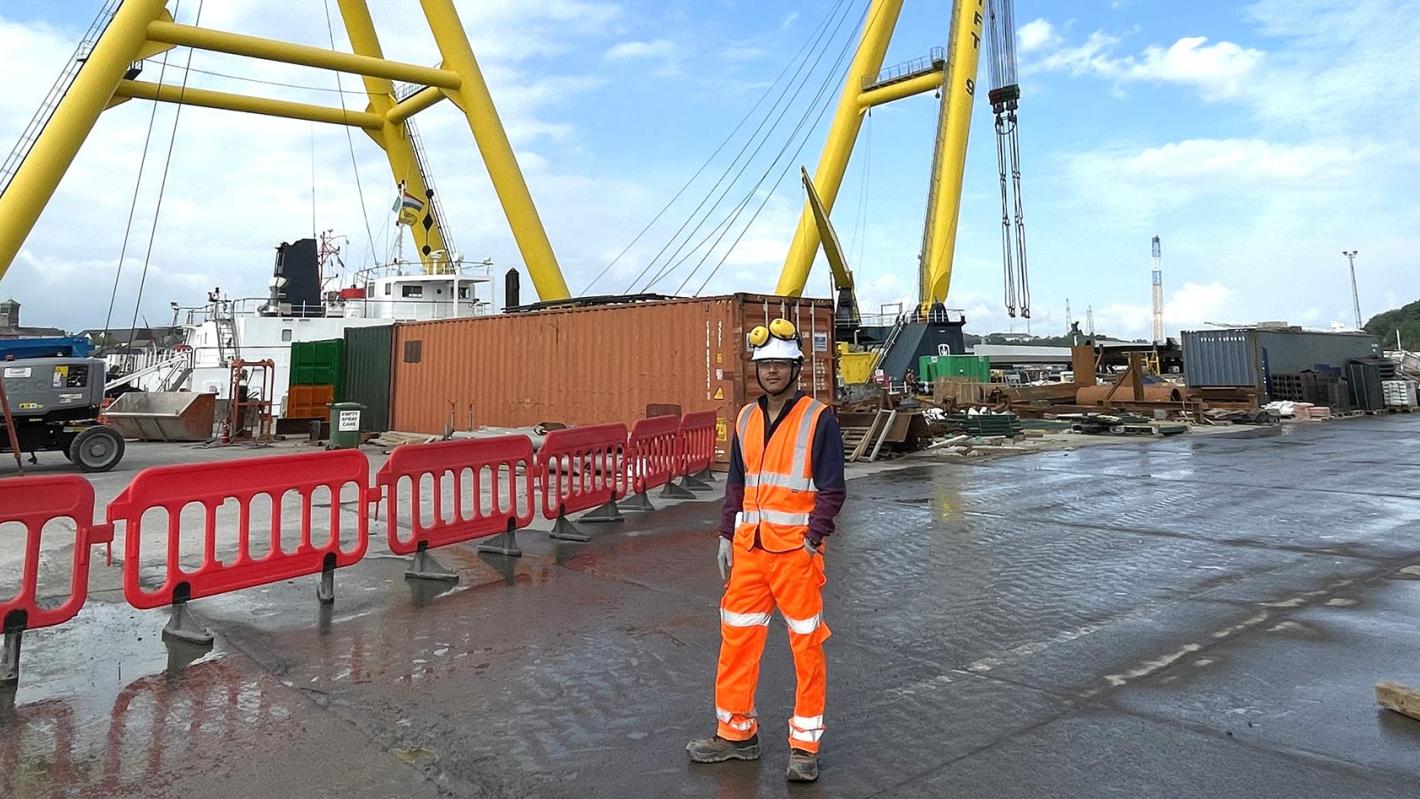
I earned an MSc in Earthquake Engineering and Infrastructure Resilience from the University of Bristol in 2021. During my course, I came across INFRARISK—a tool developed by ROD’s research team to identify critical infrastructure at risk from natural hazards—which sparked my interest in the company and its innovative work.
In September 2024, I joined ROD’s two-year graduate programme, drawn by the opportunity to gain experience in four engineering disciplines, in particular bridge engineering, a field I’ve always viewed as technically demanding. As luck would have it, my first placement was with the bridges team, and over the next six months, I contributed to a variety of schemes, including the Newtownards to Bangor Greenway Project, on which I undertook the FE modelling of a two-span, 80m long pedestrian bridge, and the Narrow Water Bridge Project, on which I undertook the section analysis for the bridge abutment walls. I also furthered my experience of FE modelling by completing design checks of a railway overbridge on the Waterford City Public Infrastructure Project (WCPIP).
After completing my placement with the bridges team, I was offered a site-based role on the WCPIP project. This was an ideal opportunity for me to get involved at one of the most complex and exciting phases of the project, the installation of the steel superstructure sections on the Sustainable Transport Bridge, a 207m-long bridge spanning the River Suir.
Core responsibilities
As an assistant resident engineer on the project, my core responsibilities include regularly reviewing the contractor’s Environmental Monitoring Plan and ensuring the registers for concrete cube and road pavement test results are up to date. Through these tasks, I’ve gained some valuable insights into how digital tools and technologies are used to monitor a project's environmental impact and how construction quality is maintained through rigorous testing and inspections.
I participate in monthly meetings with the contractor focused on quality, environmental compliance and traffic management. The traffic management meetings are particularly engaging, as they involve coordinating with multiple stakeholders, including the client, contractor, fire and ambulance services, to minimise disruptions to traffic during construction activities.
Inspecting ongoing works
In addition to my core responsibilities, I am given the opportunity to inspect ongoing works on the various construction sites which comprise the project, namely the Sustainable Transport Bridge, Access Infrastructure scheme, Transport Hub, and Flood Defence works, to observe how various elements of the project are being built and to check compliance with client requirements. I generally visit the sites alongside the Clerk of Works, whose extensive experience provides invaluable learning opportunities for me. Prior to these visits, I review the relevant construction drawings to better understand how the designs are being translated on site.
Sustainable Transport Bridge lift
Although the foundations for the Sustainable Transport Bridge had already been completed by the time I joined the site team, I gained a good understanding of temporary works cofferdams and permanent works piling construction by reviewing photographs of earlier stages and through detailed discussions with the Clerk of Works. A highlight of my time on site was witnessing the lift of the Sustainable Transport Bridge steel superstructure sections using an impressive 800T sheerleg crane—an operation which required high precision, strong team coordination and strict adherence to safety protocols.
Similarly, at the Access Infrastructure site, I was able to see how reinforced earth/concrete retaining walls and pre-stressed precast concrete beam bridges were built on site with utmost precision, accuracy and safety. Additionally, in the flood defence works, it was interesting to see the installation of sheet piles using a heavy vibratory pile driver, where achieving precise vertical and horizontal alignment was critical.
Challenges
One of the initial challenges I faced involved auditing large datasets, including the drawing register, contractor’s test results register, labour records and programme register. Managing and analysing these extensive spreadsheets required significant data segregation and organisation, which I initially found demanding. However, through continuous effort and by applying skills gained from a CPD module on ‘Innovation in Excel’ delivered by Engineers Ireland, I was able to complete the audits effectively.
An invaluable experience
My site experience has broadened my perspective on the role of a designer while seeing engineering solutions being applied to address real-world challenges has been highly motivational. For instance, the flood defence works are helping to mitigate the impact of flooding on railway operations while the construction of the Sustainable Transport Bridge, Access Infrastructure, and Transport Hub is improving mobility and connectivity across communities. When I apply for chartership in due course, I am sure the experience I have gained on site will be invaluable.


